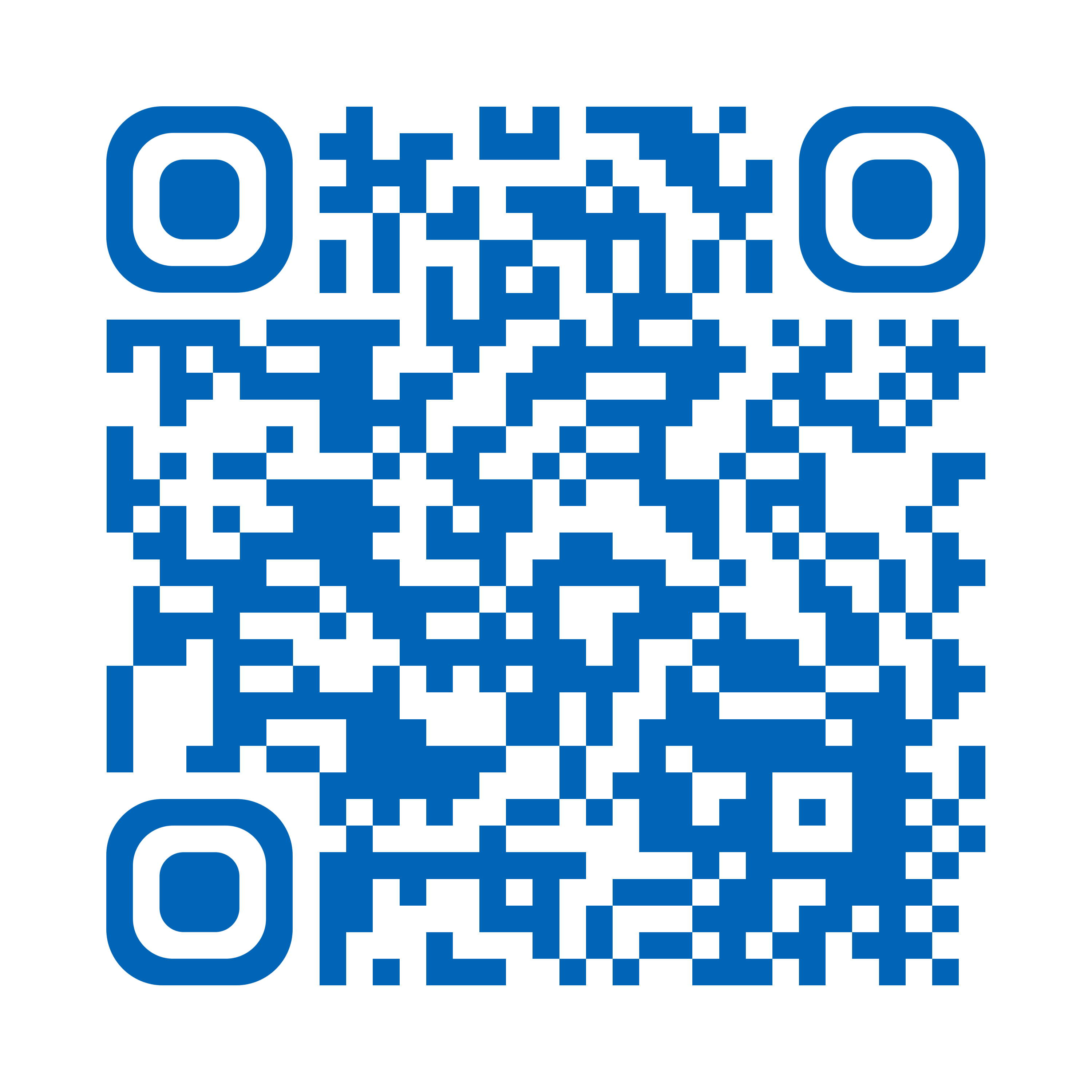- Reference Number: HEY945/2017
- Departments: Nutrition Support
- Last Updated: 31 October 2017
What is Hypoglycaemia?
Hypoglycaemia (sometimes referred to as a ‘hypo’) is a low level of glucose in the bloodstream (4mmol/L or less).
Who is at risk?
People who have diabetes and are taking insulin or a sulphonylurea type medication (such as gliclazide, glipizide or glimepiride) are at risk of having a hypo.
Does it need treating?
Hypos can be very serious and need treating as soon as possible to avoid complications. The effects of hypos can vary. Symptoms can range from being mild to causing a diabetic coma. If left untreated hypos can be fatal.
Treating Hypos
If you think you are having a hypo, please inform the nursing staff. For some people who have long-standing insulin-treated diabetes warning symptoms may not always present, however, most people get a warning sign – symptoms may include:
- Sweating heavily
- Tingling lips
- Feeling anxious
- Hunger
- Trembling and shaking
- Palpitations
- Feeling disorientated
If a hypo is suspected, a blood glucose check needs to be carried out straight away. If your blood glucose level is less than 4mmol/L, the hypo needs treating with a ‘fast acting’ carbohydrate (see below for examples).
- 60mls (1 bottle) Glucojuice
- 4 to 5 Gluco Tabs or 5 to 6 dextrose tablets
- 5 jelly babies
- 2 tubes of Glucogel
- 150 to 200ml pure orange juice
- 200ml lucozade
Your blood glucose levels should be checked 10 to 15 minutes after treatment. If your levels have not risen above 4mmol/L then the fast-acting hypo treatment needs repeating.
It is also advisable to have a carbohydrate snack after treating the hypo. Suitable snacks include:
- 2 biscuits and a glass of milk
- Bowl of cereal
- 2 slices of toast
- 1 banana
Types of carbohydrate foods include:
- Bread, Cereals, Rice, Pasta, Potatoes, Milk, Confectionery (i.e. biscuits/cake), Fruit, Any foods/drinks containing sugar e.g. pure fruit juice

